Smart water solutions are enhancing the efficiency of utilities operations all over the world. Technologies such as smart water metering provide detailed, up-to-date and relevant analytics on water consumption for both the consumer and the utility provider. Unlike standard flow meters, smart water meters measure and monitor near real-time consumption patterns. This helps utilities regulate water leakages and faults, provide accurate billing, and improve engagement with customers.
However, the nature of smart meters requires specialized communications solutions. This need comes at a time when the water industry faces challenges both on a regional and global scale. Scarcity of water due to climate change, compounded by the effects of urbanization and the necessity of implementing new technologies while dealing with cost – these are concerns for any utilities provider.
At the same time, network operators are developing tailored solutions to accommodate the needs of the water industry. For example, LPWA (low-power wide-area) networks, also known as IoT networks, are built to support IoT devices that aid in smart metering. IoT networks are secure, scalable, and resilient. These networks allow flexible installation and placement of water meters while being suited for sensors and such similar devices to operate and communicate efficiently.

There are different network protocols available for smart water metering, depending on what the needs of your operation are. Factors to consider are the size of your operation, coverage, budget, quality of service, vendor-independency, security, if it will operate on a licensed or unlicensed band, battery life, and whether you will build the network or use a ready-made solution. The main protocols used in smart water metering at the moment are wM-Bus, LoRa, Sigfox, and the 3GPP technologies NB-IoT and eMTC.
wM-Bus, also known as wireless M-Bus, is an open standard protocol used for wireless meter readings and communication. It operates on unlicensed bands, and its most common frequencies vary in different parts of the world. It offers a longer range with a smaller software stack.
wM-Bus allows to build your own private network, which gives you full control to match features to your meter reading needs. However, the feasability of using this protocol depends on how large your supply area is and how it is spread out. wM-Bus networks need more infrastructure for wider coverage. Therefore, they are not ideal for rural or sparesly populated areas where you may want to install smart water meters.
LoRa (low range), a LPWA protocol, uses unlicensed frequencies available on the global spectrum. It offers wider coverage for lower cost. It does not support near-real time decision making as it can have a latency of 10s, and so should not be the main option when working with latency-critical applications. LoRa works by transferring packets of data through many end-points to a gateway. As such, it is mostly suitable for uplink-heavy applications.
With Sigfox, you don’t have to install and operate your own network. It has a longer range than wM-Bus. However, this is accompanied by higher power consumption, As opposed to wM-Bus, if you opt for Sigfox, you do not own the network. This means you would need to share your bandwidth with other devices that may use the Sigfox network, – similarly to LoRa, which also operates on unlicensed bands. As such, your network could experience co-channel interference due to limited downlink capabilities, and this can impede the efficiency of smart meter readings.
eMTC (enhanced machine-type communications), also known as LTE Cat M1, is a 3GPP technology that offers higher bandwidth for data handling, which makes it useful for control applications and industrial situations. Its sensors provide a battery life of up to 10 years which may entail replacements if they will be subject to heavy use, and could cost more in the long run.
NB-IoT (Narrowband Internet of Things), also known as cellular IoT, is a protocol based on 4G LTE technology. It operates on a licensed spectrum, which allows better quality of service and low interference. NB-IoT was developed to accommodate the features of M2M applications – good coverage and minimal data amounts. It uses an existing infrastructure based on the LTE network, thereby saving the time and money needed to undertake network construction.
Due to its low power consumption, it delivers a battery life of 10+ years. It has a range of 164 dB3 (underground) which allows it to penetrate concrete and reach underground areas. This is also aided by the fact that there is little to no interference from other devices on the network, hence allowing strong coverage even in hard-to-reach locations. It uses GPS for geolocation, and so is suited to urban areas.
NB-IoT is most suitable for monthly data billing, and provides accurate analytics on data. In fact, tests show that a water meter using NB-IoT can send up to 500 messages a day alongside a 20dB enhancement in coverage connecting 100% of meters, no matter their location.
Furthermore, NB-IoT supports near real time decision making as its latency is less than 10 seconds. It can also be used for control of end-devices via two-way communication, which is often a necessary feature in smart metering. As such, it has a meter reading success rate of over 99%.
Compared to other solutions, using NB-IoT requires no starting investment in the communication infrastructure as it is already present.
NB-IoT is purported to soon accommodate a large range of devices, platforms and systems, enabling flexibility and vendor-independency. It can be smoothly upgraded to 5G as it is constantly being developed and improved by industry experts. This will ensure modernity and easy transition over a long period of time.
Overall, NB-IoT offers the best communication solution for smart water meters. Taking into account latency, flexibility, coverage, battery life, and long-term cost, NB-IoT is the most suited for the application of smart water meters, and can help you provide services according to the best of what communications has to offer. With these features, an NB-IoT network can ensure high billing accuracy, near real-time consumption data and analytics, and provide an opportunity for community campaigns and customer engagement.
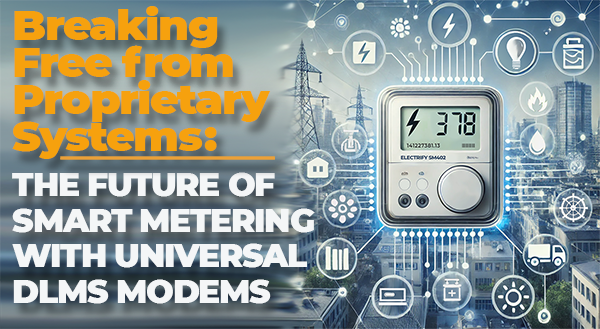
In the modern utility landscape, efficient data collection and management are key to maintaining operational effectiveness. Most utilities rely on […]
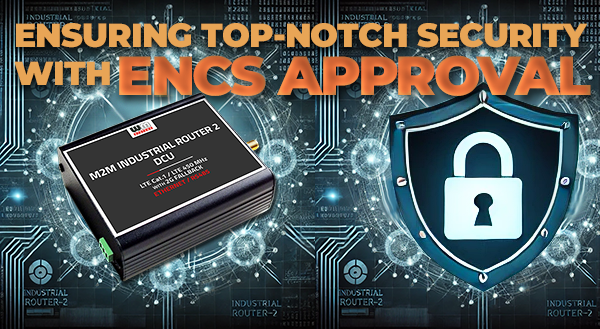
A Testament to Compliance with Key Cybersecurity Standards
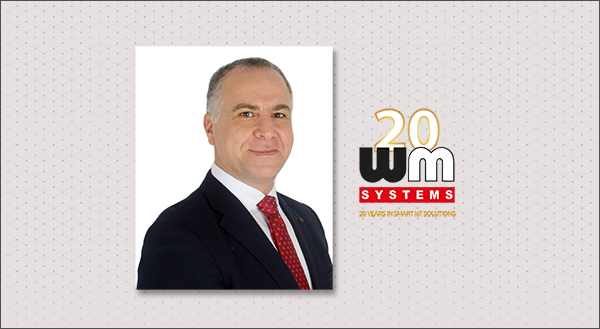
We are thrilled to announce that Ali Mouslmani has joined WM Systems as our new partner in the United Arab […]
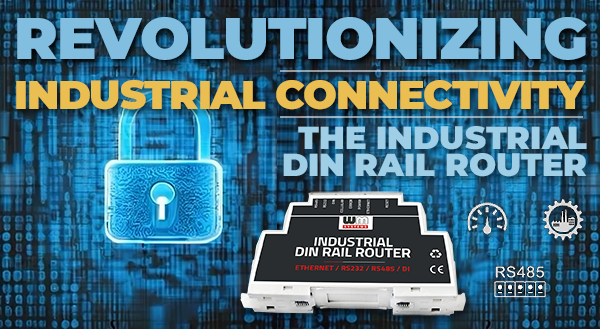
Introduction In the rapidly evolving world of industrial automation and IoT, the demand for compact, versatile, and efficient communication solutions […]

Introduction The fourth industrial revolution, or Industry 4.0, is redefining the landscape of industrial operations. Key to this transformation is […]
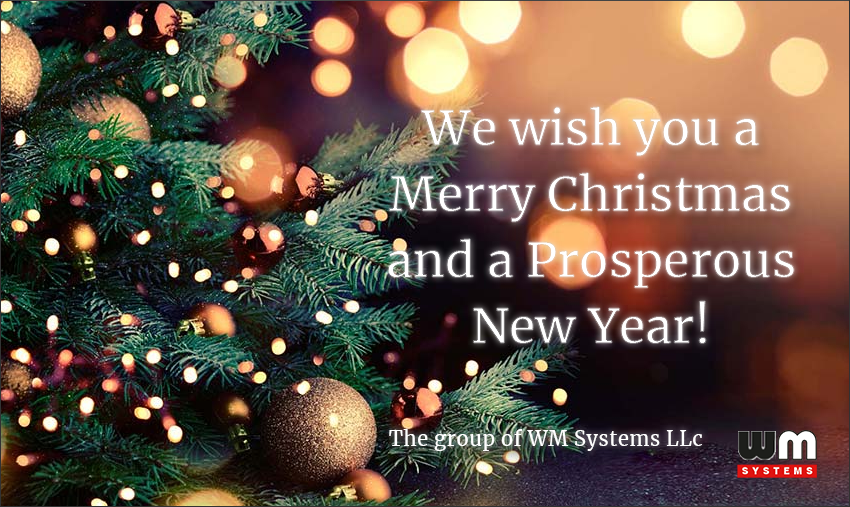
The group of WM Systems LLc.
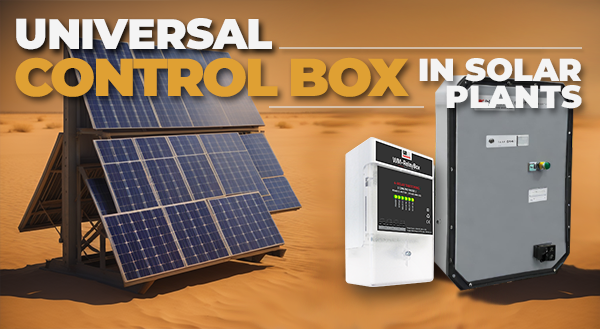
Solar plants and farms are complex systems with a variety of equipment that needs to be monitored and controlled. This […]

Industrial settings are replete with equipment that demands efficient connectivity solutions. With the rise of the Internet of Things (IoT) […]

DIN-rail mountable industrial routers are an essential component of many industrial applications. They provide a reliable and secure way to […]
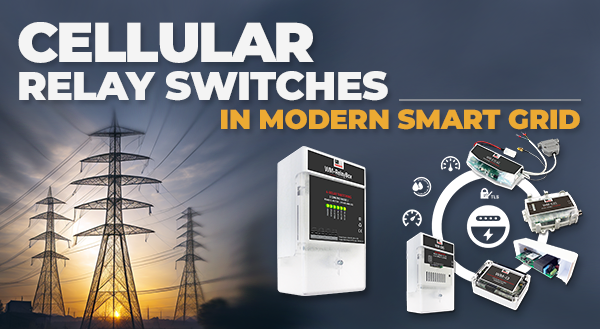
Make the modern smart grid more secure, resilient, and sustainable
